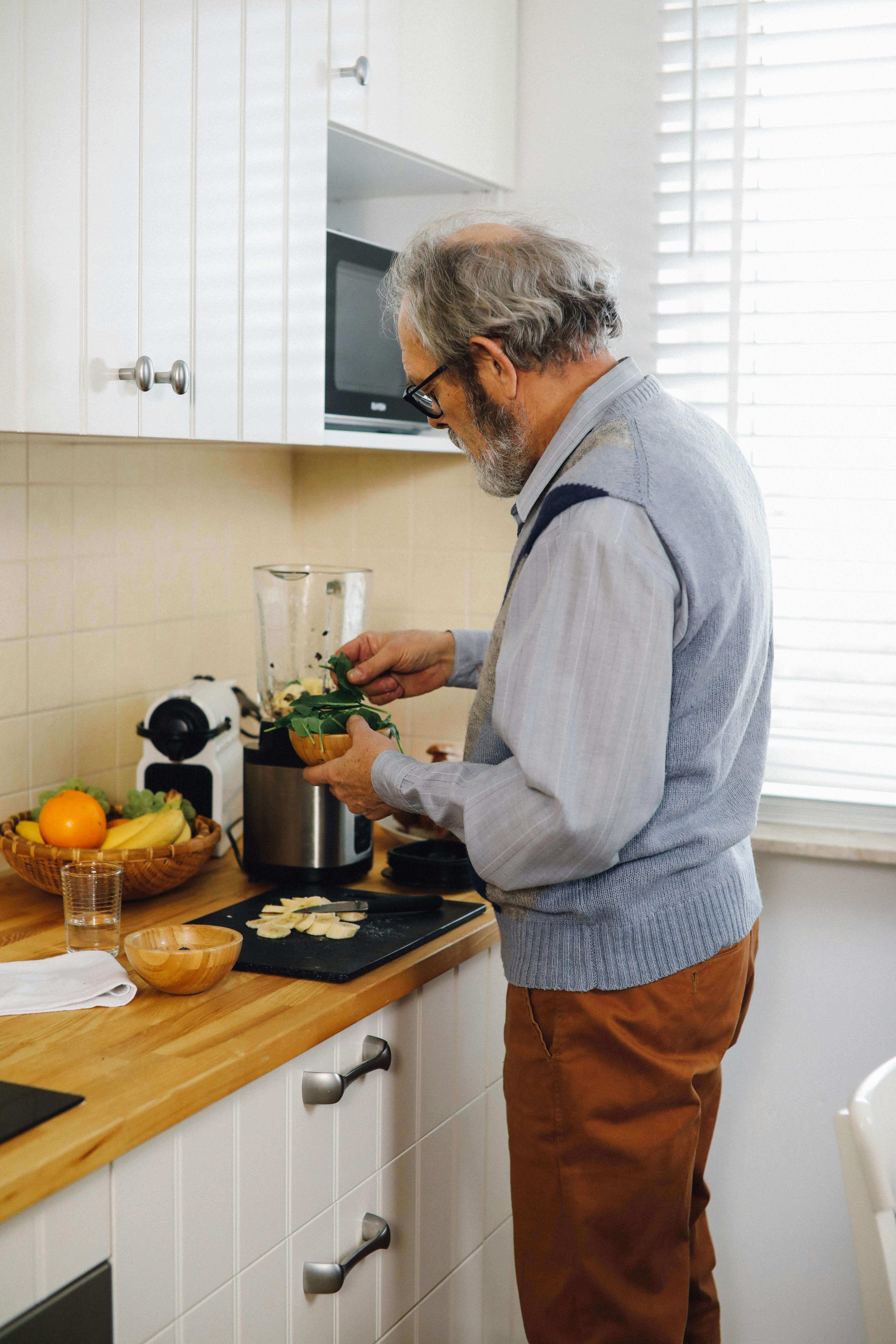Nourishing Your Gut: Compassionate Support for GI Disturbances
At Nutritious Thoughts, we understand that living with gastrointestinal (GI) disturbances can profoundly impact your daily life. Making eating a source of anxiety rather than nourishment. From chronic bloating and discomfort to unpredictable bowel habits, GI issues can feel isolating and overwhelming. We believe that true well-being stems from a harmonious relationship between your gut, your mind, and the food you eat.
We offer a compassionate, holistic approach to help you cultivate change around your digestion. We work on empowering you to find relief, build gut resilience, and rediscover the joy of eating.
Understanding GI Disturbances: More Than Just a “Stomach Ache”
GI disturbances are a broad category encompassing a range of symptoms and conditions that affect the digestive system. These are not merely physical discomforts; they often have significant impacts on mental health, energy levels, and quality of life. Common conditions and symptoms include:
- Irritable Bowel Syndrome (IBS): Characterized by abdominal pain, cramping, bloating, gas, and changes in bowel habits (diarrhea, constipation, or both).
- Inflammatory Bowel Disease (IBD): Chronic inflammatory conditions like Crohn’s disease and ulcerative colitis.
- Small Intestinal Bacterial Overgrowth (SIBO): An excess of bacteria in the small intestine, leading to bloating, gas, diarrhea, and malabsorption.
- Food Sensitivities/Intolerances: Adverse reactions to certain foods (e.g., lactose intolerance, gluten sensitivity, FODMAPs) that cause digestive upset.
- Chronic Constipation or Diarrhea: Persistent issues that interfere with daily functioning.
- Heartburn/GERD: Persistent acid reflux.
The interplay between the gut and the brain (the “gut-brain axis”) is increasingly understood, highlighting why stress, anxiety, and even past experiences can significantly influence digestive health.
Our Approach: Healing Your Gut, Mind, and Relationship with Food
At Nutritious Thoughts, our philosophy for supporting individuals with GI disturbances is rooted in deep empathy and a holistic perspective. We move beyond a symptom-focused approach to address the underlying factors contributing to your discomfort.
We emphasize:
- Compassionate Exploration: We create a safe space to discuss sensitive symptoms without judgment, validating your experiences and working collaboratively towards solutions.
- The Gut-Brain Connection: Recognizing that stress, emotions, and thoughts profoundly impact digestion, we integrate strategies to support both gut health and mental well-being.
- Personalized Nourishment: There’s no one-size-fits-all diet for GI issues. We work with you to identify triggers, explore suitable foods, and build sustainable eating patterns that calm your system.
- Empowerment & Trust: We empower you to tune into your body’s signals, fostering trust in your digestive system and reducing fear around food.
How We Support Your Journey to Digestive Well-being
Our collaborative team at Nutritious Thoughts offers a multi-faceted approach to guide you toward relief and a more peaceful relationship with your gut:
1. Personalized Nutritional Strategies
- Symptom Identification & Trigger Analysis: We help you systematically track symptoms and identify potential food and lifestyle triggers through detailed assessment and elimination/reintroduction protocols (e.g., modified FODMAP diet, targeted eliminations) if appropriate and under guidance.
- Gentle Nutrition for Gut Health: Guiding you toward balanced eating patterns that reduce inflammation, support a healthy gut microbiome, and promote digestive ease. This may involve incorporating fiber, probiotics, and specific nutrients.
- Meal Planning for Relief: Developing flexible and enjoyable meal plans that accommodate your sensitivities while ensuring adequate nutrition and preventing nutrient deficiencies.
- Rebuilding Food Enjoyment: Helping you reintroduce foods safely and expand your diet variety, reducing food-related anxiety and fostering a positive relationship with eating.
2. Addressing the Gut-Brain Axis & Emotional Well-being
- Mind-Body Techniques: Teaching practical strategies like diaphragmatic breathing, guided imagery, and mindfulness to calm the nervous system, reduce gut sensitivity, and alleviate GI symptoms exacerbated by stress.
- Stress Management: Exploring the impact of chronic stress on your digestion and developing personalized stress-reduction techniques.
- Processing Emotional Factors: Creating a safe space to address anxiety, fear, and frustration related to GI symptoms, which can often perpetuate the cycle of discomfort.
- Cognitive Behavioral Therapy (CBT) & Gut-Directed Hypnotherapy: Utilizing therapeutic approaches to reframe negative thought patterns around food and body, and to calm the gut-brain connection.
3. Sustainable Lifestyle & Self-Care
- Movement for Digestion: Exploring gentle physical activity that supports gut motility and reduces stress, such as walking, yoga, or stretching.
- Sleep Optimization: Recognizing the vital role of quality sleep in digestive and overall health.
- Hydration & Fiber Balance: Practical guidance on optimal fluid intake and appropriate fiber consumption to support regularity and comfort.
Your Collaborative GI Health Team
Effective management of GI disturbances often thrives with a multidisciplinary, supportive team. At Nutritious Thoughts, we can help you coordinate care with:
- Registered Dietitian (RD/RDN): Specializing in gut health, to provide medical nutrition therapy, guide elimination protocols, and develop personalized eating plans.
- Gastroenterologist: For diagnosis, medical management, and to rule out underlying medical conditions.
- Therapist (LCSW, Psychologist, LMFT): To address anxiety, stress, depression, or trauma impacting the gut-brain connection, and to process the emotional burden of chronic GI issues.
- Integrated Practitioners: Such as Pelvic Floor Physical Therapists or Acupuncturists, if complementary therapies are deemed beneficial.
Embracing a Future of Digestive Peace & Freedom
Living with GI disturbances doesn’t mean a lifetime of discomfort and restriction. It means cultivating a deeper understanding of your unique body, nurturing your gut-brain connection, and building sustainable habits that foster digestive peace.
At Nutritious Thoughts, we are dedicated to guiding you toward a future where eating is enjoyable again, your gut feels calm, and you can live with greater comfort and confidence.
Explore Your Relationship with Food with a Registered Dietitian in Raleigh, NC
Thinking about food all the time isn’t a sign that you’re failing, it’s a signal that something deeper wants to be heard. Nutritional counseling in Raleigh, NC can offer you the space to explore that signal with compassion and care. At Nutritious Thoughts, we help clients unravel the “why” behind their food thoughts, reconnect with their bodies, and create relationships with food that feel sustainable, grounded, and peaceful.
- Contact us at (828) 333-0096 or email info@nutritious-thoughts.com
- Tell us more about yourself.
- Food thoughts aren’t a flaw—they’re a signal. Let’s listen with compassion.


 Scripts & Strategies for Handling Food and Body Comments
Scripts & Strategies for Handling Food and Body Comments This Work Goes Beyond One BBQ or Beach Day
This Work Goes Beyond One BBQ or Beach Day
 Why Does the “Summer Body” Message Keep Coming Back?
Why Does the “Summer Body” Message Keep Coming Back? You Deserve to Be in Summer—Exactly as You Are
You Deserve to Be in Summer—Exactly as You Are What Does Caring for Your Body Actually Look Like in Summer?
What Does Caring for Your Body Actually Look Like in Summer?
 Body Trust Doesn’t Disappear Overnight—So Why Do We Expect It to Come Back Instantly?
Body Trust Doesn’t Disappear Overnight—So Why Do We Expect It to Come Back Instantly? What Might Rebuilding Body Trust Actually Look Like—And What If It’s Simpler Than You Think?
What Might Rebuilding Body Trust Actually Look Like—And What If It’s Simpler Than You Think? This Is Not About “Fixing”—It’s About Returning
This Is Not About “Fixing”—It’s About Returning
 Why Intuitive Eating Feels So Hard (And Why You’re Not Doing It Wrong)
Why Intuitive Eating Feels So Hard (And Why You’re Not Doing It Wrong)
 You’re Allowed to Want Something Different
You’re Allowed to Want Something Different
 Why Intuitive Eating Feels So Hard (And Why That Makes Sense)
Why Intuitive Eating Feels So Hard (And Why That Makes Sense) How a Registered Dietitian Supports Intuitive Eating Without Rules
How a Registered Dietitian Supports Intuitive Eating Without Rules What You Won’t Be Told to Do
What You Won’t Be Told to Do










